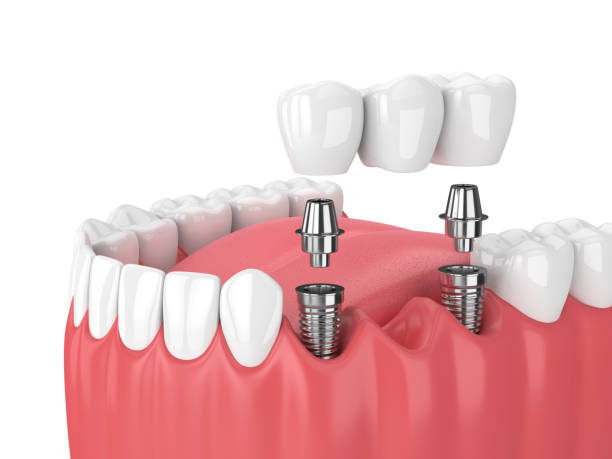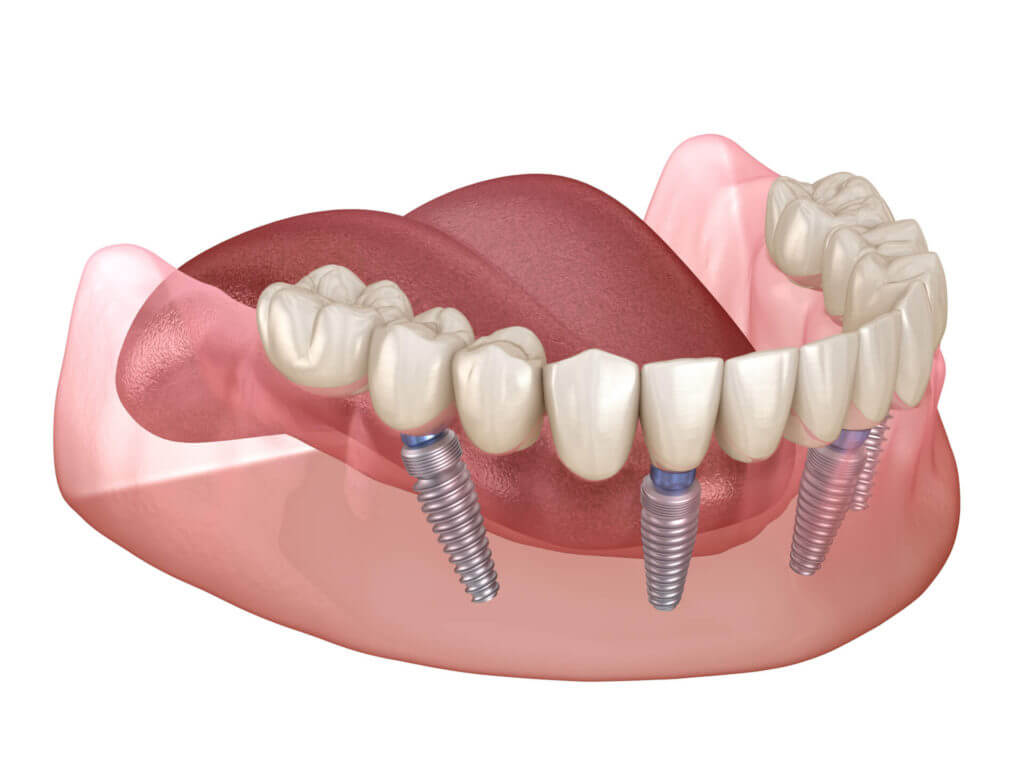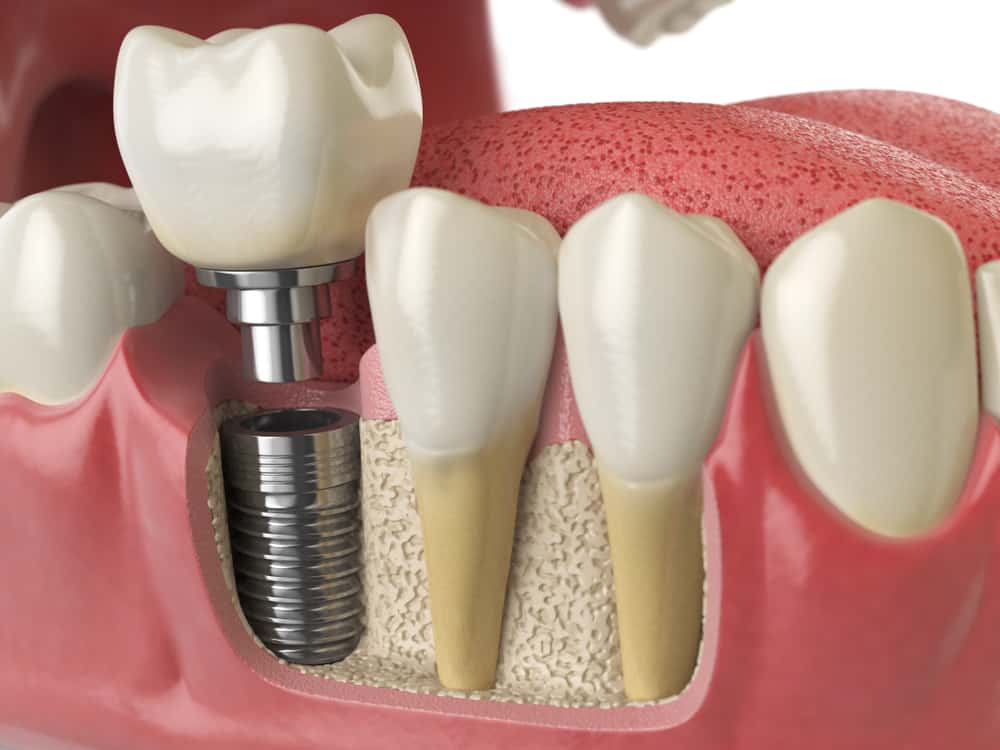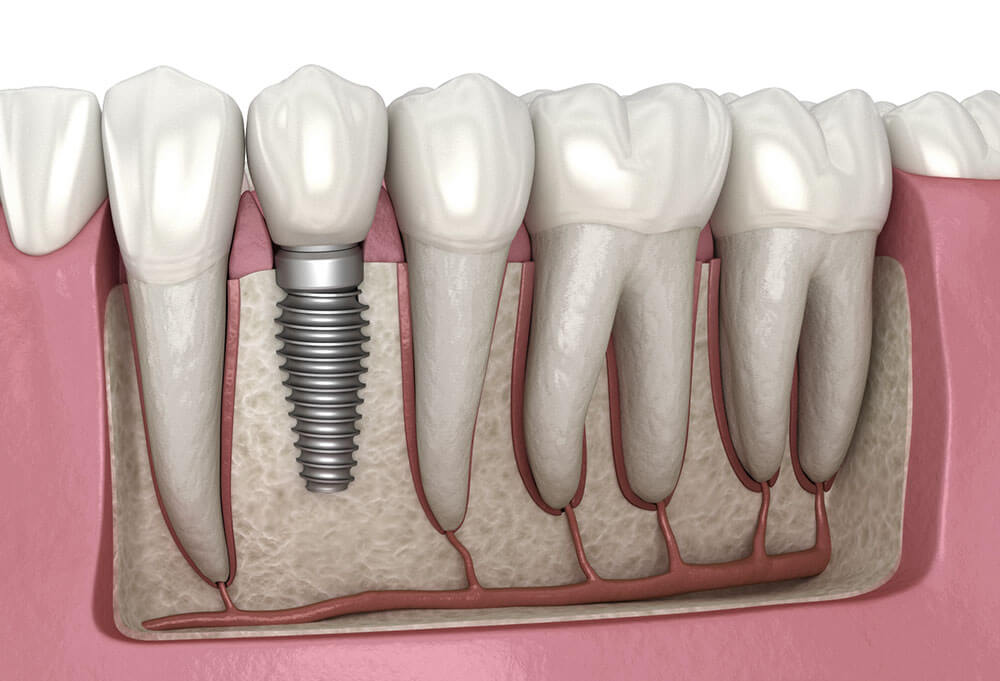Table of Contents
What is a Dental Implant?
A dental implant is an artificial tooth root made of biocompatible materials, usually titanium, that is surgically placed into your jawbone to support a dental crown, bridge, or denture. It’s a popular and reliable solution for replacing missing teeth, as it provides a natural-looking and functional alternative to traditional treatments.
Types of Dental Implants
There are two main types of dental implants:
- Endosteal implants: These are the most common type of dental implant, placed directly into the jawbone. They typically have a screw-like shape.
- Subperiosteal implants: Used less frequently, these implants sit on top of the jawbone but under the gum tissue. They are ideal for patients with insufficient bone mass.
Why Choose Dental Implants?
Dental implants offer several benefits over traditional tooth replacement options, such as:
- Improved appearance and confidence
- Better speech and chewing function
- Preservation of healthy adjacent teeth
- Bone loss prevention
- Long-lasting and durable solution
The Dental Implant Procedure
Initial Consultation
The first step is to visit your dentist for a thorough examination, which may include X-rays or a CT scan to assess your jawbone’s health and determine the best implant placement.
Preparing for the Procedure
Your dentist may recommend treatments, such as bone grafting, sinus lifting, or tooth extractions, before the implant surgery. This helps create a healthy foundation for the implant.
The Surgical Procedure
Placing the Implant
During the surgery, your dentist will make an incision in the gum tissue, drill a hole in the jawbone, and insert the implant. The gum is then sutured closed, and the implant is left to heal and fuse with the bone.
Attaching the Abutment
Once the implant has integrated with the bone, your dentist will attach an abutment, which connects the implant to the final restoration.
Placing the Crown
Finally, a custom-made dental crown, bridge, or denture is secured to the abutment
completing the dental implant procedure and restoring your smile.
Aftercare and Recovery
Immediate Aftercare
Following the surgery, you may experience some discomfort, swelling, and bruising. It’s essential to follow your dentist’s instructions, which may include:
- Taking prescribed pain relievers and antibiotics
- Using ice packs to reduce swelling
- Eating soft foods and avoiding hard, crunchy items
- Practicing good oral hygiene and avoiding the surgical area
Long-Term Care
To ensure the success of your dental implant, it’s crucial to maintain good oral hygiene, attend regular dental check-ups, and avoid habits that may damage your implant, such as smoking or grinding your teeth.
Risks and Complications
Although dental implants have a high success rate, potential risks and complications include:
- Infection
- Nerve damage
- Sinus problems
- Implant failure due to poor integration with the bone
Cost of Dental Implants
The cost of dental implants varies depending on factors such as the number of implants, your geographical location, and your dentist’s experience. It’s essential to discuss the costs with your dentist before proceeding with the treatment.
Dental Implant Success Rate
Dental implants have a success rate of around 95-98%, making them a reliable and long-lasting tooth replacement option.
How long does the dental implant procedure take?
Are dental implants painful?
Can dental implants be done in one day?
How long do dental implants last?
Are dental implants covered by insurance?
Conclusion
Dental implants are a popular and effective solution for replacing missing teeth. By understanding the procedure, aftercare, and potential risks, you can make an informed decision about whether dental implants are the right choice for you.

You May Also Like: Why Teeth Implants in Turkey are the Best Choice for Dental Tourists




